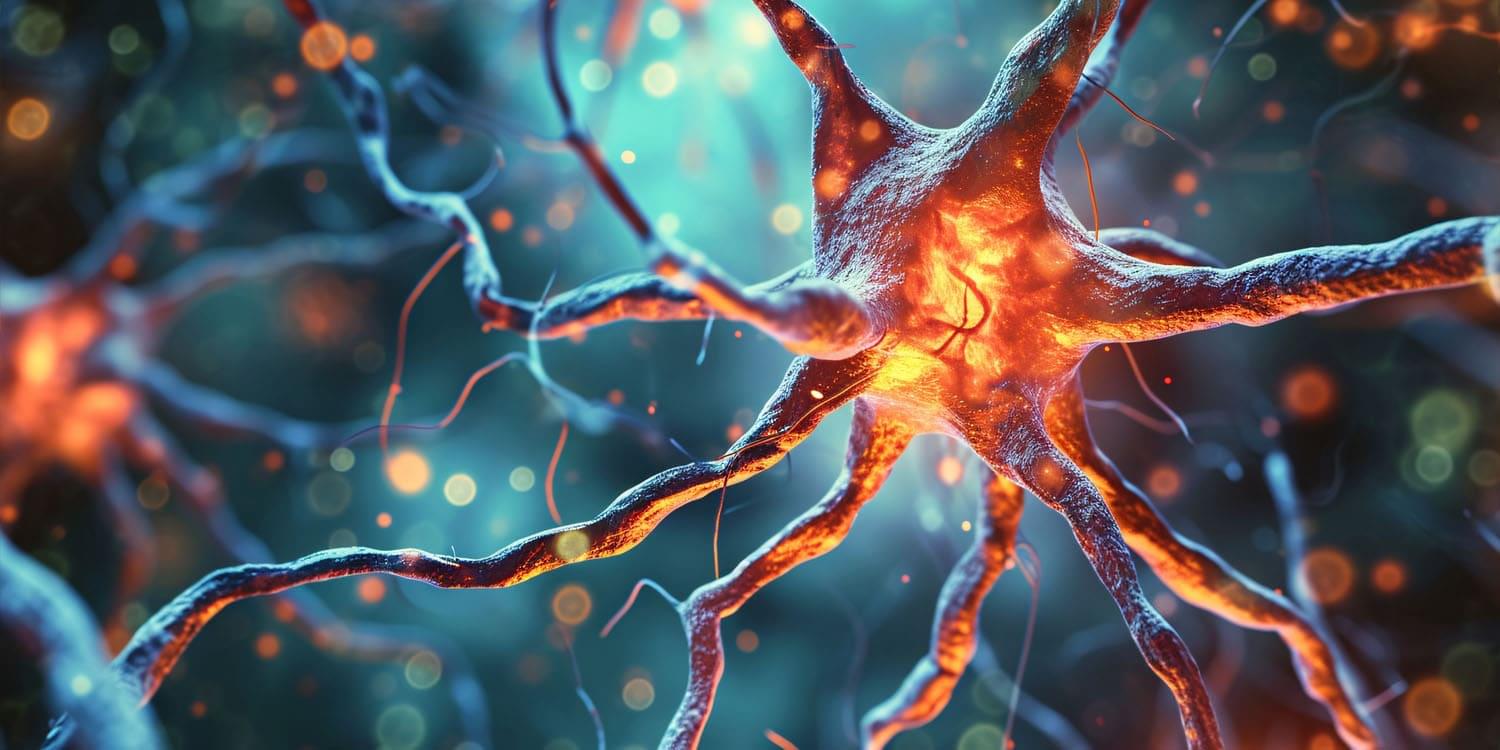Read more.
C-Path, a nonprofit organization created to improve drug development, has been working to facilitate the adoption of MPS as drug development tools in regulatory science. In this interview, we learn how.
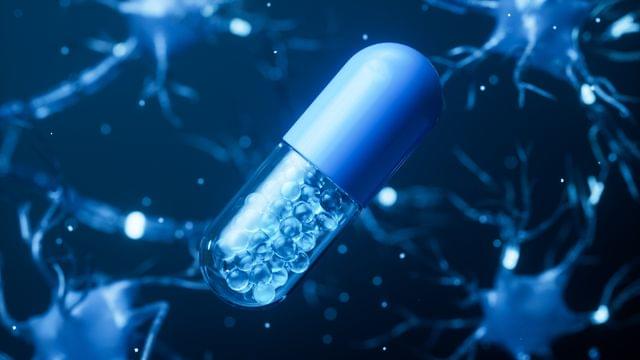
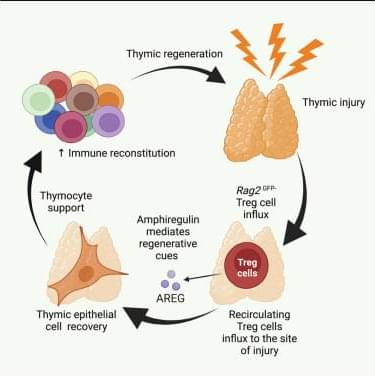
Thymic injury leads to reduced T cell production and makes patients more vulnerable to infections and cancers. Lemarquis et al. identify a population of recirculating regulatory T (Treg) cells that mediate regeneration in the injured thymus, partially through amphiregulin. An analogous population of Treg cells expressing CD39 and ICOS is found in humans, suggesting therapeutic avenues for boosting thymic regeneration to address aging-and treatment-induced immunosuppression.
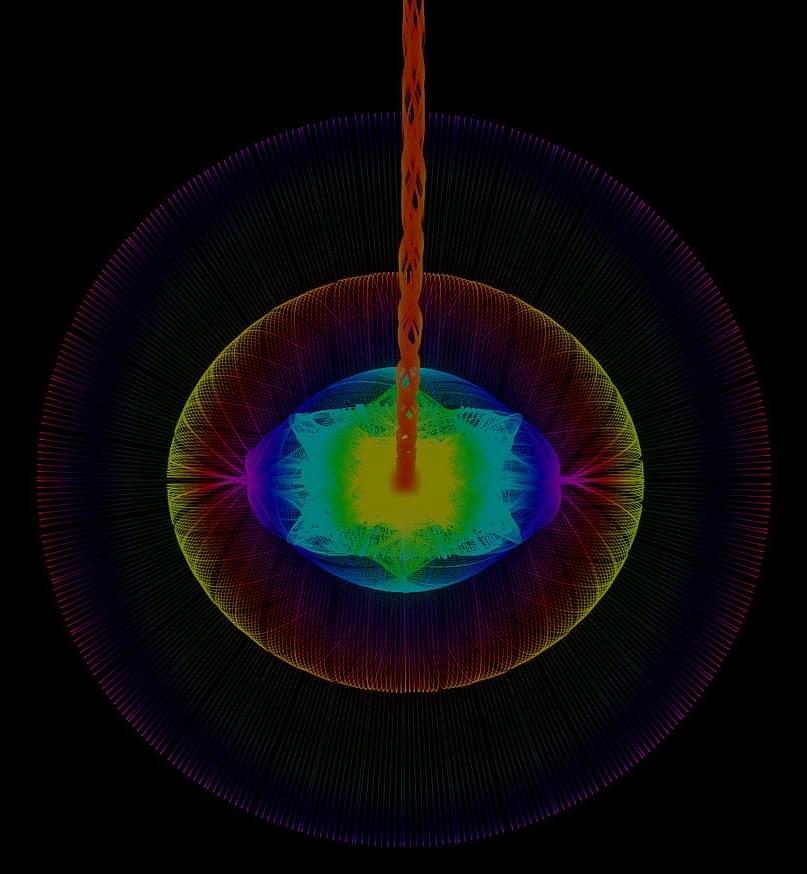
What do eyes, quantum collapse, and photon emission have in common?
While experimenting with a simple particle simulation, an unexpected phenomenon emerged that bridges multiple realms of physics and perception.
The simulation, designed to model particles moving in toroidal orbits while attracting each other, spontaneously developed a striking pattern: a perfectly centered emission of particles perpendicular to the toroid’s plane, resembling both an eye and a quantum emission event.
Check out my own course, an introduction to quantum mechanics on Brilliant! First 30 days are free and 20% off the annual premium subscription when you use our link ➜ https://brilliant.org/sabine.
A new startup in Canada wants to build the first “conscious” artificial intelligence using quantum computing. What’s their definition of consciousness? Well, it’s based on Roger Penrose’s ideas about consciousness, ORCH-OR. I find this rather confusing because Penrose thinks that consciousness is not computable, so how are we now going to compute it?
This video comes with a quiz which you can take here: https://quizwithit.com/start_thequiz/.… Check out my new quiz app ➜ http://quizwithit.com/ 💌 Support me on Donorbox ➜ https://donorbox.org/swtg 📝 Transcripts and written news on Substack ➜ https://sciencewtg.substack.com/ 👉 Transcript with links to references on Patreon ➜ / sabine 📩 Free weekly science newsletter ➜ https://sabinehossenfelder.com/newsle… 👂 Audio only podcast ➜ https://open.spotify.com/show/0MkNfXl… 🔗 Join this channel to get access to perks ➜
/ @sabinehossenfelder 🖼️ On instagram ➜
/ sciencewtg #science #sciencenews #quantum #ai.
🤓 Check out my new quiz app ➜ http://quizwithit.com/
💌 Support me on Donorbox ➜ https://donorbox.org/swtg.
📝 Transcripts and written news on Substack ➜ https://sciencewtg.substack.com/
👉 Transcript with links to references on Patreon ➜ / sabine.
📩 Free weekly science newsletter ➜ https://sabinehossenfelder.com/newsle…
👂 Audio only podcast ➜ https://open.spotify.com/show/0MkNfXl…
🔗 Join this channel to get access to perks ➜
/ @sabinehossenfelder.
🖼️ On instagram ➜ / sciencewtg.
#science #sciencenews #quantum #ai
This video is a compilation of clips filmed from 2022. Information was correct at the time of filming.
From plastic eating worms to robot bees – scientific and technological advancements could be what saves our planet, and us, from extinction.
Best of Earth Science: http://bit.ly/EarthLabOriginals.
Best of BBC Earth: http://bit.ly/TheBestOfBBCEarthVideos
Rayno folded up the microterm and tucked it back inside his jumper.’ — Bruce Bethke, 1983.
Automatic Bot Traffic Is 38 Percent Of HTTP Requests ‘there were so many worms and counterworms loose in the data-net…’ — John Brunner, 1975.
Neuroplatform Human Brain Organoid Bioprocessor Uses Less Electricity ‘Cultured brains on a slab.’- Peter Watts, 1999.
Were human beings created by type V aliens?
This is Unveiled, giving you incredible answers to extraordinary questions!
Find more mind-bending videos here:
What If Humanity Was a Type II Civilization? — https://youtu.be/y6Aj_bnZ3Gs.
What If Humanity Was a Type IV Civilization? — https://youtu.be/pKOpYkmUfv0
Are you constantly curious? Then subscribe for more from Unveiled — https://wmojo.com/unveiled-subscribe.
#Space #Science #WhatIf
Neuralink’s video shows a patient using its brain chip to control a robotic arm, showcasing progress in assistive robotics and BCI technology.
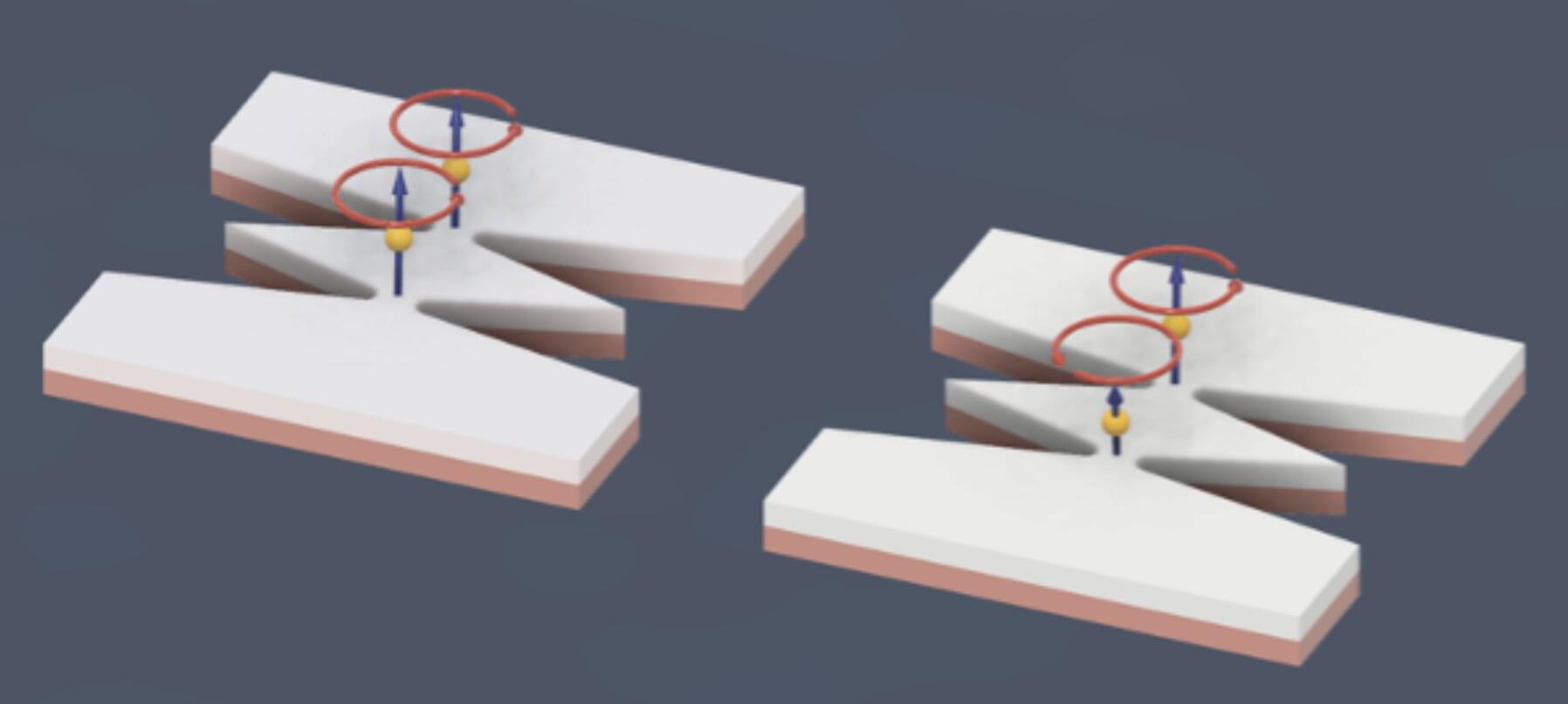
Spin Hall nano-oscillators (SHNOs) are nanoscale spintronic devices that convert direct current into high-frequency microwave signals through spin wave auto-oscillations. This is a type of nonlinear magnetization oscillations that are self-sustained without the need for a periodic external force.
Theoretical and simulation studies found that propagating spin-wave modes, in which spin waves move across materials instead of being confined to the auto-oscillation region, can promote the coupling between SHNOs.
This coupling may in turn be harnessed to adjust the timing of oscillations in these devices, which could be advantageous for the development of neuromorphic computing systems and other spintronic devices.
